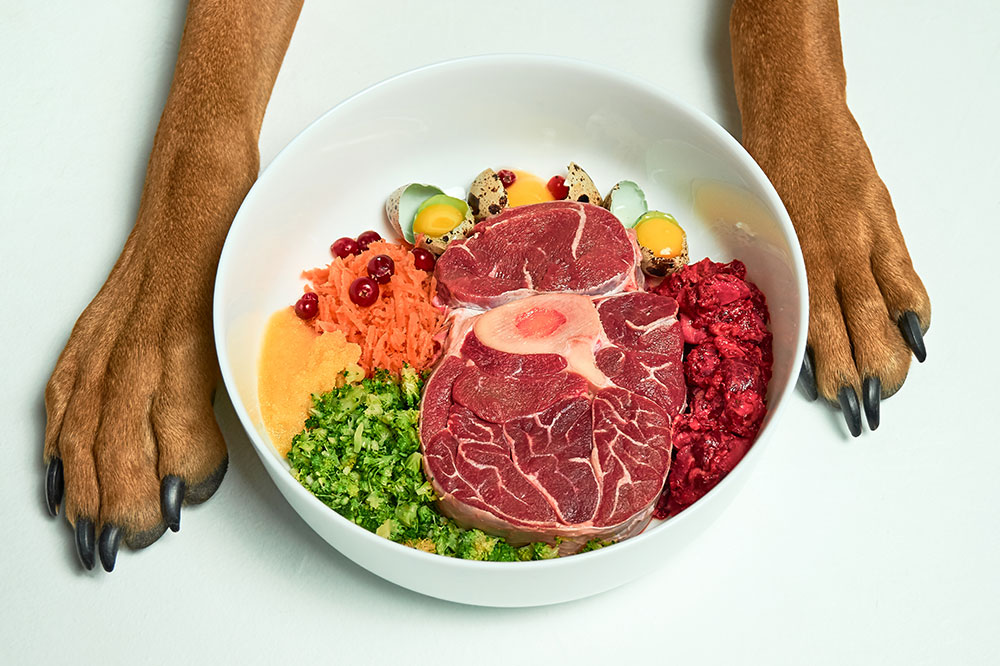4 simple tips to choose healthy dog food
The pet food in your cart is not going to be healthy just because the packaging claims it is. Instead of relying on what the advertisements tell you is good for your pet, you should research and understand what is actually beneficial for them. If you want to keep your canine healthy and happy, select the best dog food at your disposal. Here are four factors to consider the next time you’re shopping for dog food.

Be mindful of their age
The most important factor to consider while choosing the best dog food is your pet’s health. You should pick food age-appropriate food for your pooch, both in quality and quantity. Experts say that puppies need food packed with protein and vital minerals, while an adult dog’s diet should depend on their daily activities. Older dogs should be served low-calorie food that’s rich in fiber, protein, and fatty acids.
Meet their nutritional needs
Meeting your pet’s nutritional requirements is essential to keep them healthy. One of the things to keep in mind while looking for the best dog food is the type, quality, and amount of nutrients it contains. Professionals say selecting foods with all essential macro and micronutrients is the right way to go. It’s also advisable to look for foods rich in omega-3 fats to balance out the omega-6 fats found in most types of store-bought dog food.
Read the ingredient list
A simple trick to identifying healthy packaged food and select the best dog food is to read and understand the ingredients listed at the back. The ingredient lists must be declared in the order of the quantity included, from the highest to the lowest. This means the main protein, like meat or fish, should be listed at the beginning as they are the primary ingredients. Ideally, you should pick products where whole foods are listed first.
Know what to avoid
Select dog foods with nutritious ingredients to ensure that you serve your canine the best. Grains like wheat and even corn can sound appealing, but are they beneficial for your pet? Not really. The nutritional requirements of humans and animals differ, meaning foods that are good for you are not necessarily good for your dog too. Learn, relearn, and evolve to make better choices.